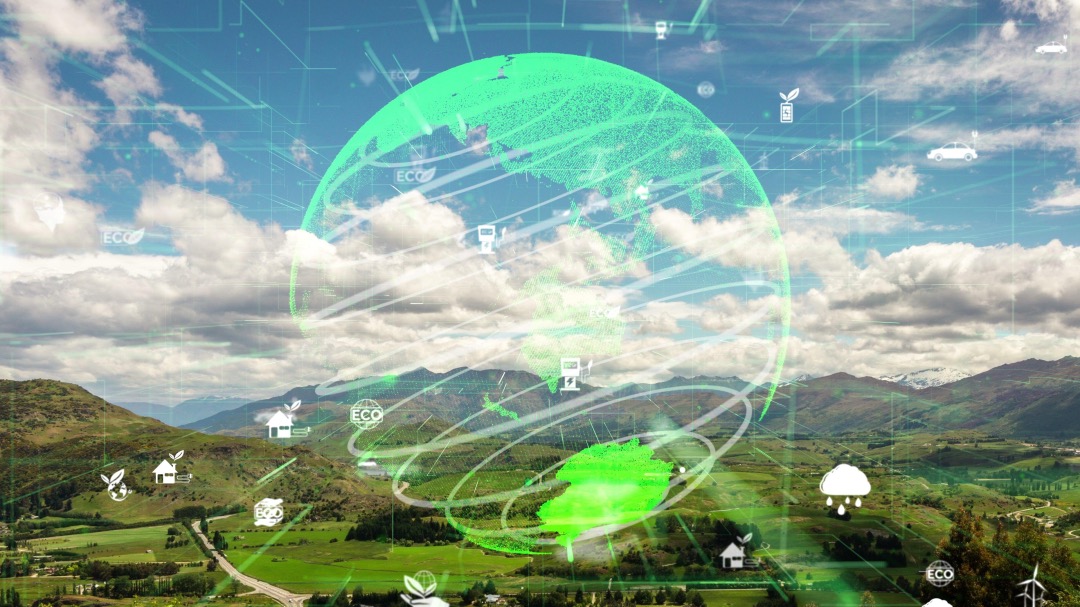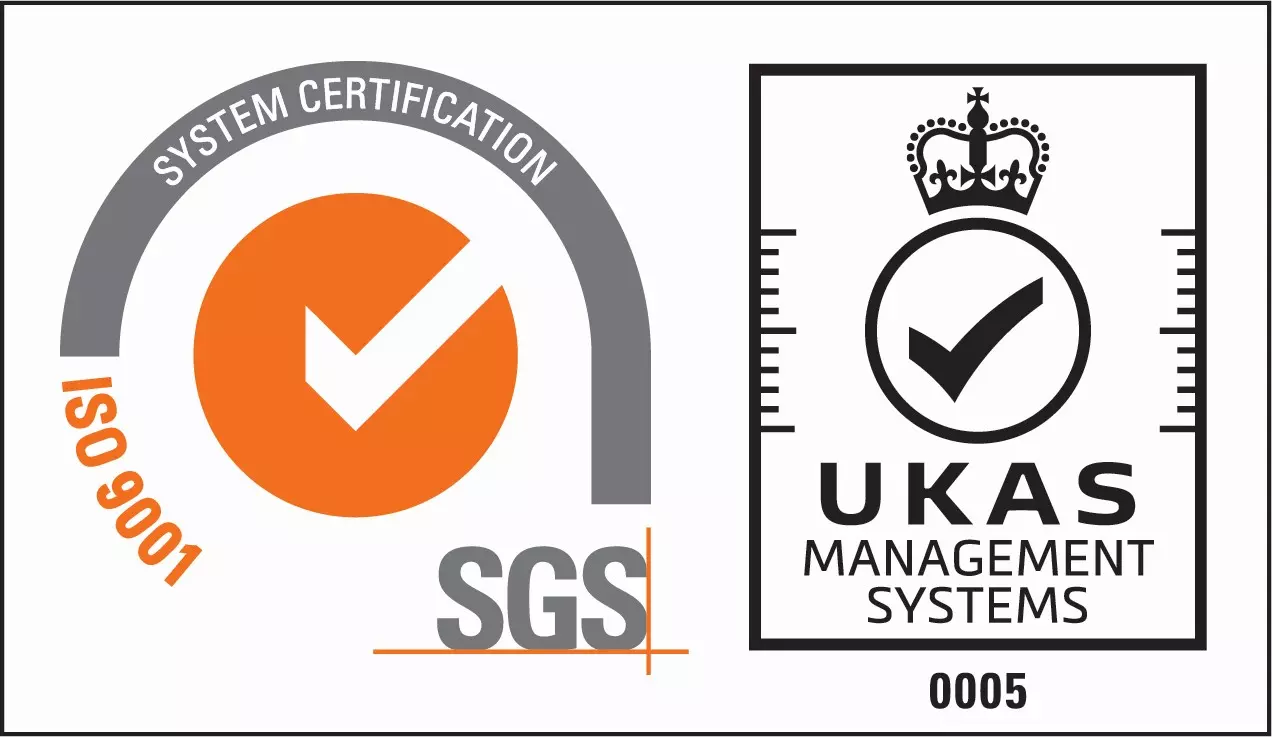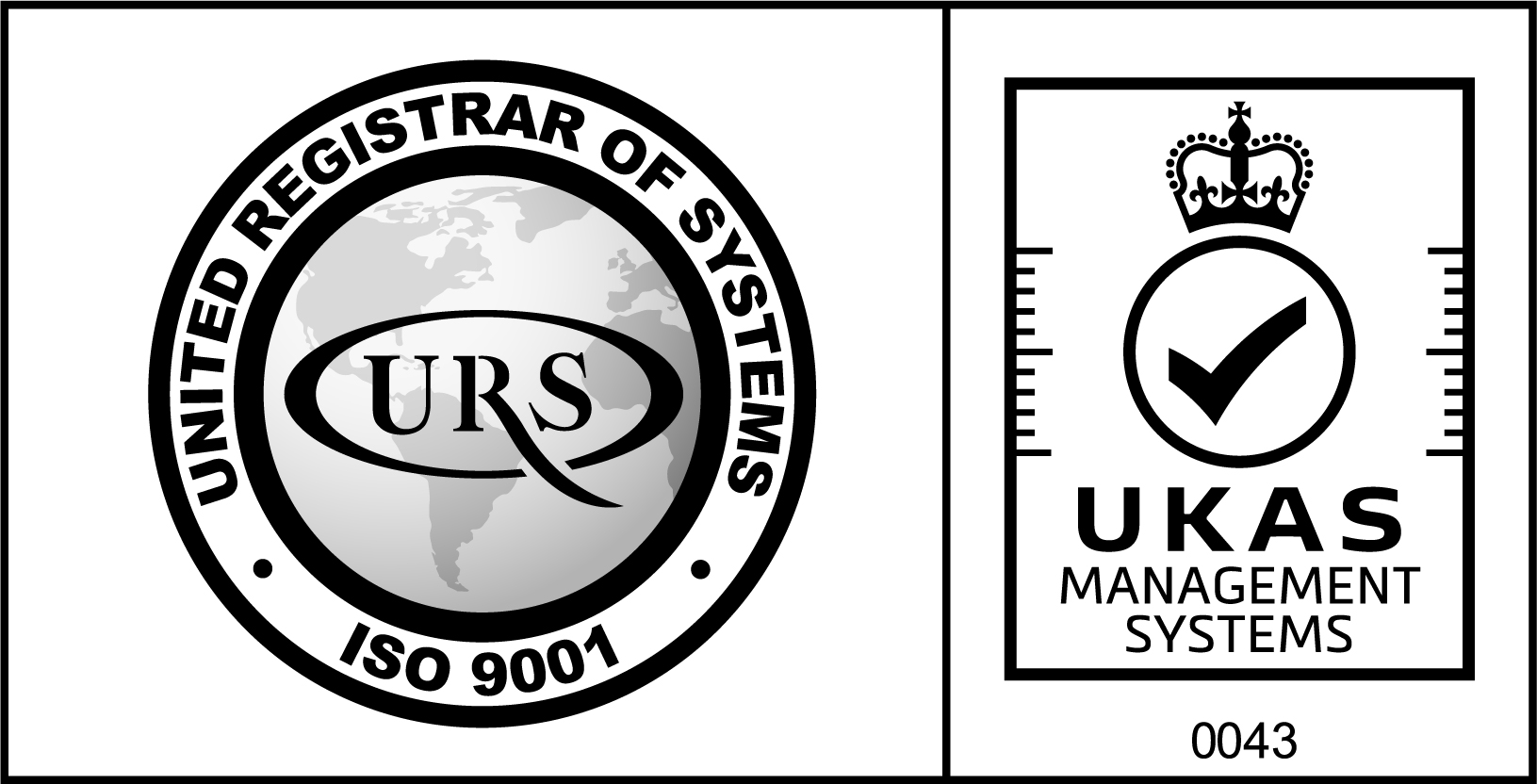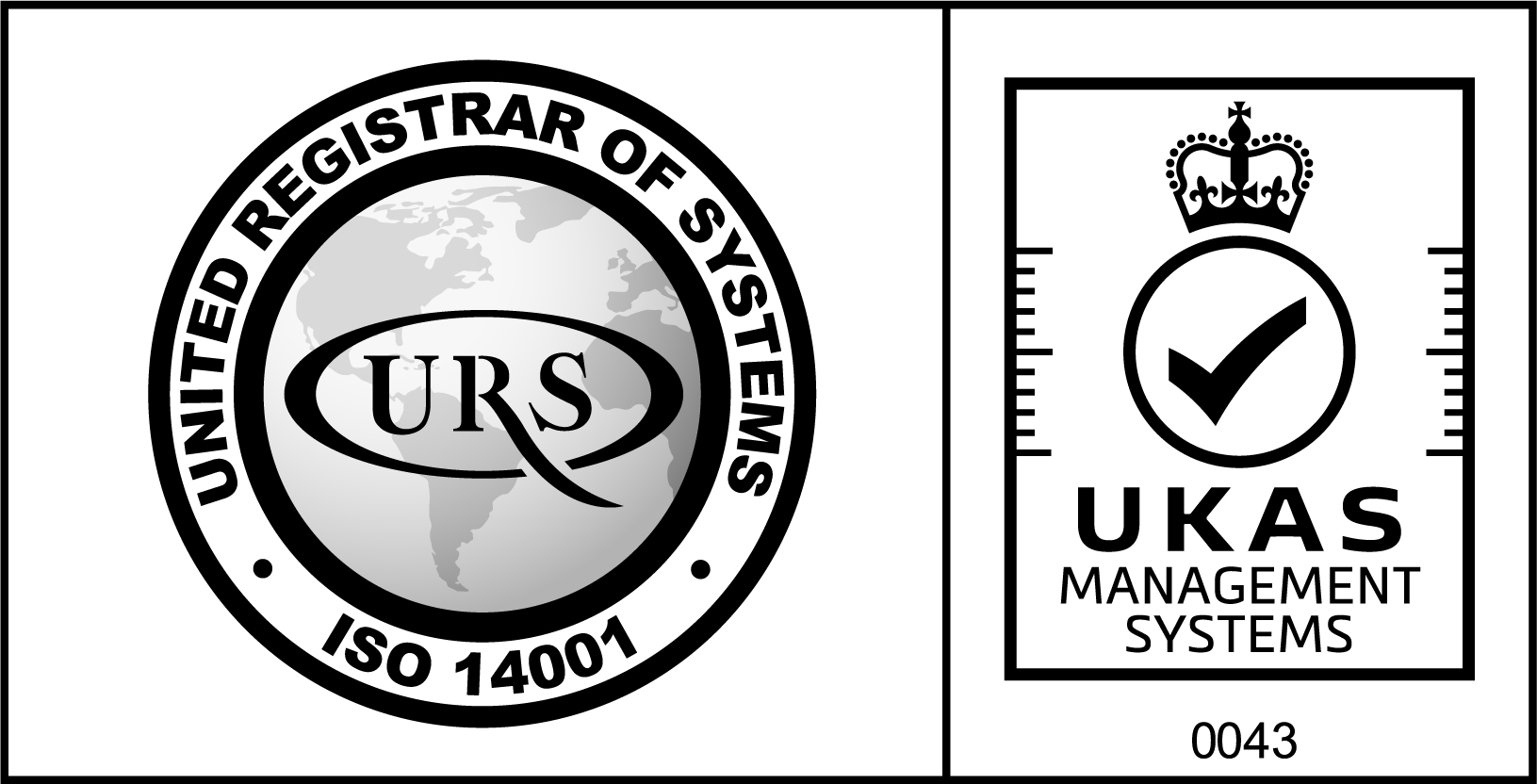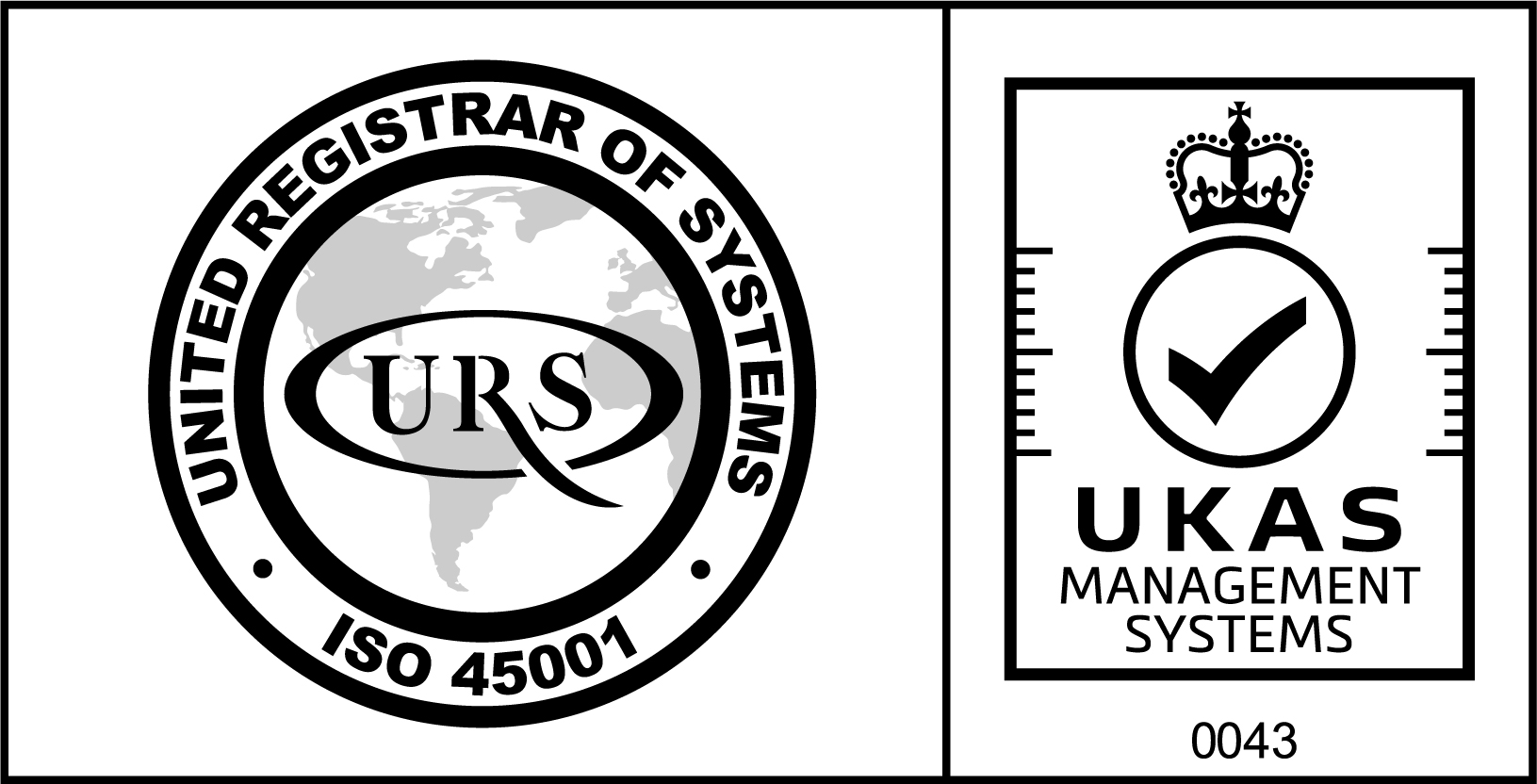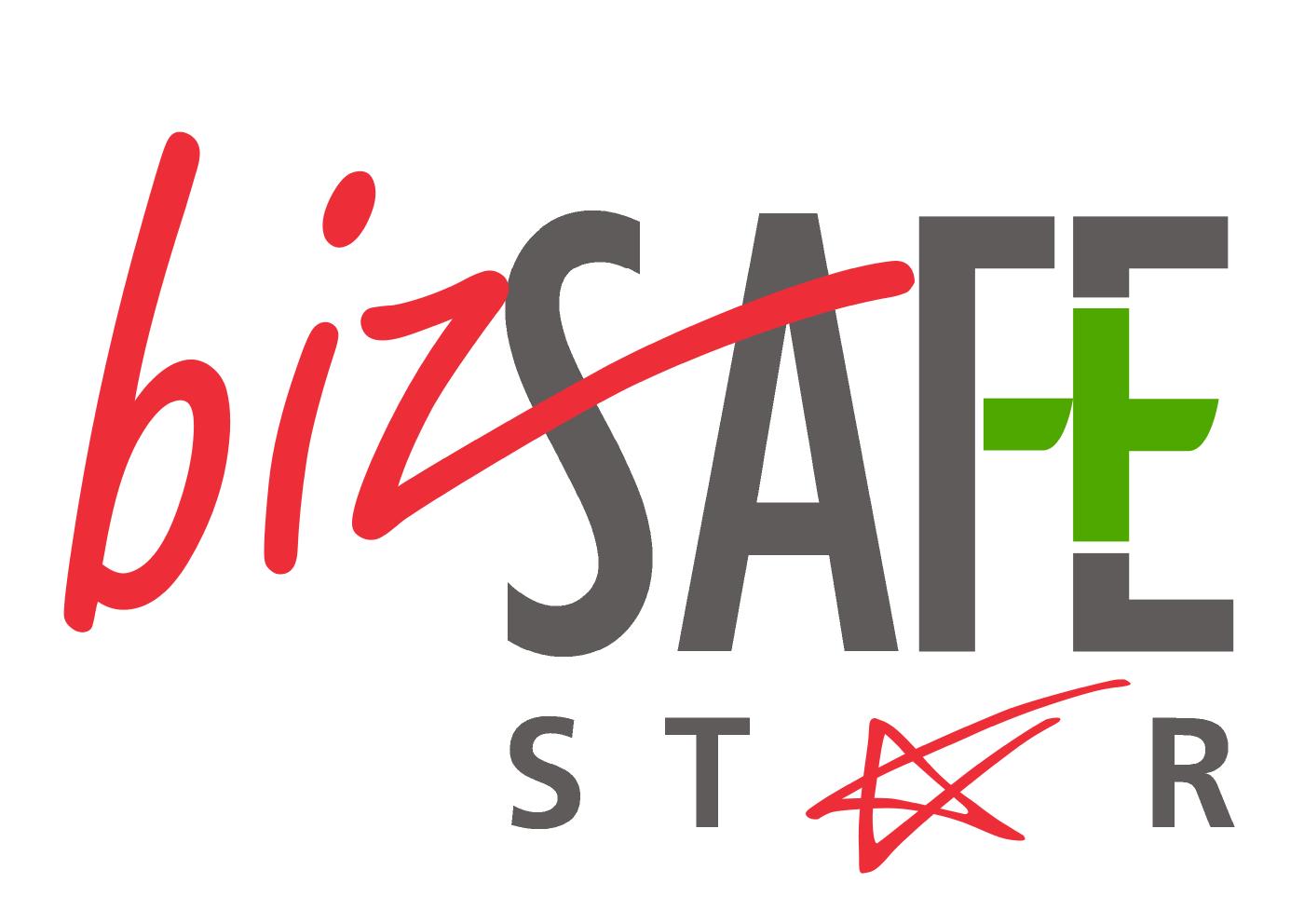Why Sustainability Matters for Data Centers
The demand for data storage continues to surge, resulting in increased power requirements and the need for efficient cooling systems. As technology and infrastructure expand, achieving sustainability becomes paramount. This is where the concept of green data center setup comes into play. True to their name, green data center design aims to minimize environmental footprints, waste, and carbon emissions while maximizing output. These facilities employ various strategies and technologies to reduce their environmental impact, including sustainable landscaping, e-waste recycling, catalytic converters on backup generators, and the integration of alternative energy sources such as heat pumps, cooling technologies, and hybrid or electric vehicles.
Energy consumption represents one of the highest expenses for data centers. While pursuing sustainability in data center operations may entail significant upfront costs, it is ultimately a worthwhile investment. Embracing a green approach to energy management, environmental practices, and facility design not only contributes to cost savings over the long term but also fosters a healthier work environment for employees and strengthens relationships with local communities. The advantages of green data center are numerous. They offer lower long-term operating costs, require less physical space, reduce water usage and waste output, and significantly cut electricity consumption. Moreover, green data center design is to actively promote the use of renewable energy and sustainable practices throughout their operations.
To further reduce e-waste, green data center setup can take proactive steps such as refurbishing IT devices, reselling individual components or devices, recycling irreparable electronics, and partnering with IT Asset Disposition (ITAD) companies that provide secure data destruction and environmentally friendly e-waste recycling services. In addition, green data center design to have upgrading equipment to enhance efficiency and reliability is highly recommended. Cooling systems, which consume a substantial amount of energy in facilities like server rooms, can be optimized by minimizing bypass airflow to reduce wasteful energy consumption and lower overall energy costs. Meanwhile, leading green data centers often employ Data Center Infrastructure Management (DCIM) software to monitor and manage energy consumption, ensuring efficient operations.
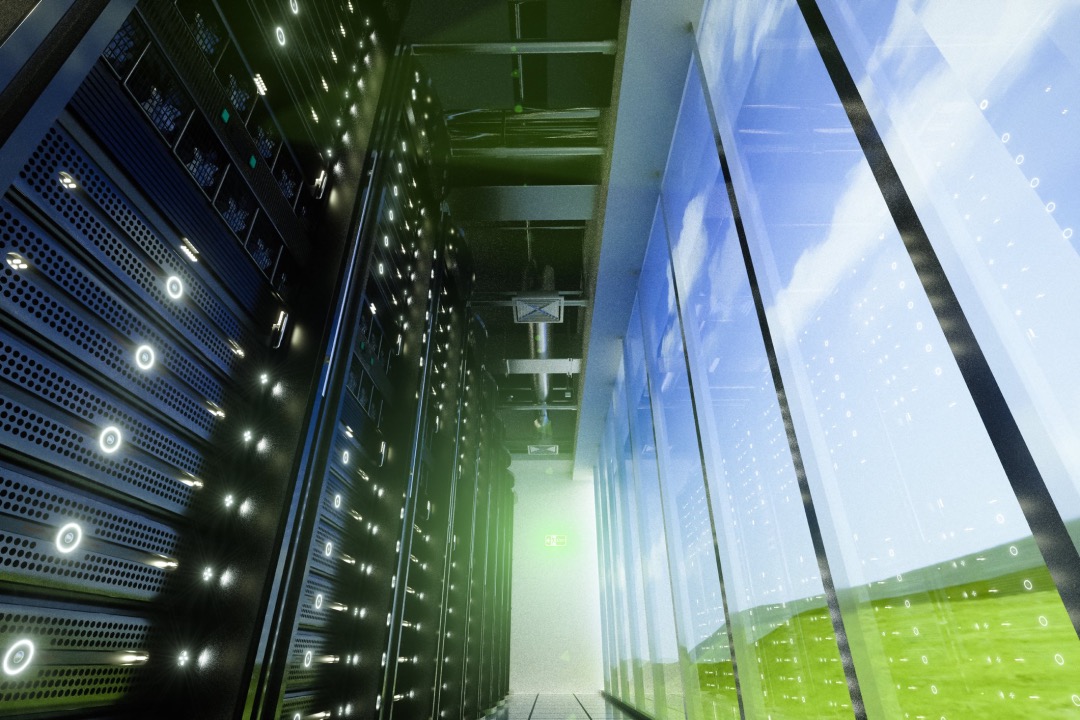
What is a Green Data Center?
A green data center stores, manages, and distributes data using energy-efficient technologies while minimizing its environmental impact. By embracing green computing principles, these green data centers design to offer the same features and capabilities as traditional ones but operate under environmentally friendly practices. Green data center objectives are to conserve energy, reduce the need for expensive infrastructure to handle cooling and power demands, and provide economic and environmental benefits to organizations of all sizes. By embracing a green data center setup model, organizations can not only meet their data storage needs but also contribute to a sustainable future.
Green Data Center Performance Metrics
To measure energy efficiency and usage in a green data center, two metrics have been developed: Power Usage Effectiveness (PUE) and Carbon Usage Effectiveness (CUE). PUE measures the power consumption of a data center by comparing the total facility power provided to the green data center with the energy used by the computing equipment. The goal is to achieve a ratio as close to one as possible, indicating effective power usage. CUE, on the other hand, evaluates a green data center’s sustainability by assessing its carbon dioxide emissions and carbon footprint. Lower CUE values demonstrate efficient control over environmental impact. In addition, certifications such as LEED and Energy Star provide further frameworks for assessing a green data center’s sustainable practices and energy efficiency.
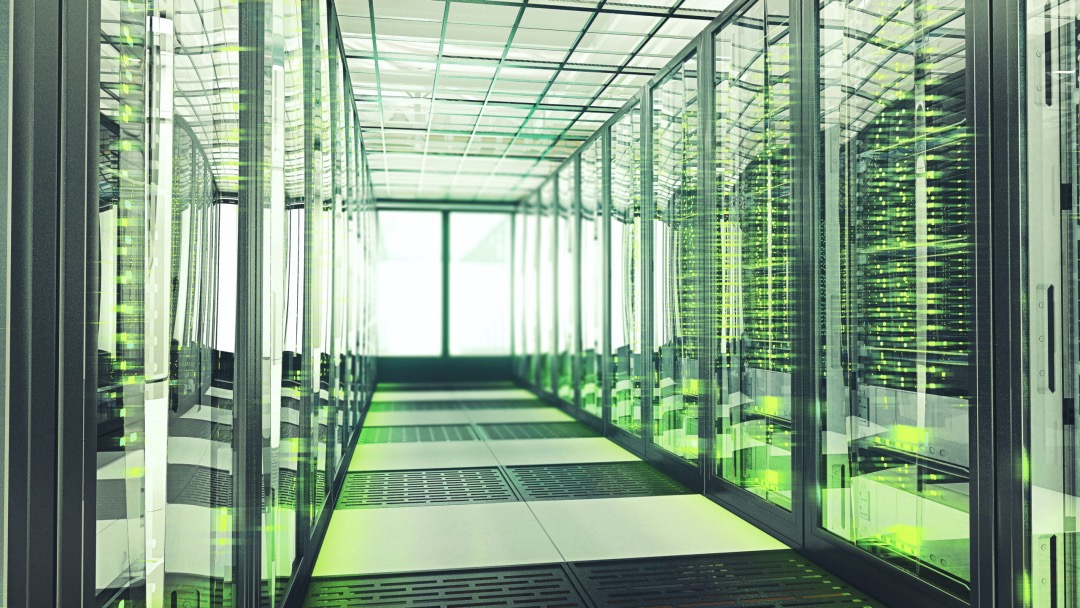
Components of a Green Server Room
1. Implement Natural Cooling
Green server room design to utilize outside air as a cooling method to reduce energy costs by up to 40 percent by leveraging ambient temperature and airflow.
2. Cold and Hot Aisles
Green server room setup which include cold aisles (supplying cool air) and hot aisles (expelling hot air) to ensure efficient airflow management. This green server room setup directs hot air back to air conditioner return vents and distributes cold air to specific locations for effective cooling.
3. Renewable Energy
Power data centers using renewable energy sources such as solar, wind, or other sustainable alternatives, reducing reliance on fossil fuels and minimizing environmental impact.
4. Upgraded Servers
Green server room setup by upgrading to energy-efficient servers to ensure optimum performance while minimizing power consumption. Modern server technologies offer improved power management features, reducing energy waste.
5. Ultrasonic Humidification
Utilize energy-efficient ultrasound technology to create the necessary moisture levels in the green data center & green server room, reducing water usage and improving overall efficiency.
6. Recovering and Recycling Heat
Repurpose waste heat generated by data centers to provide heating for other facilities, maximizing energy utilization and minimizing waste.
